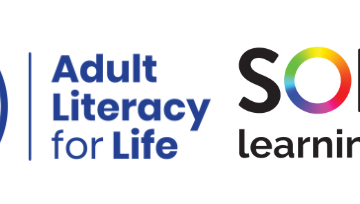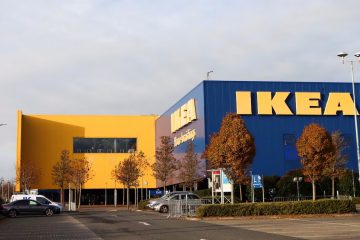One of the interesting trends in consumer behaviour since the outbreak of COVID-19 has been the impact on traditional adoption curves.
The desire to keep connected with the outside world, while staying safe, is forcing change and quicker adoption. This is accelerating the traditional adoption curve, bringing the mainstream masses and laggards closer together and nearer to the early adopters than ever before.
This has presented new challenges for business and its traditional supply chains. A local example of this is the recent adoption of baking by the masses forcing Odlum’s production plants to work around the clock to supply retailers, with Tesco Ireland reporting a 300% increase in flour sales since the lockdown. There is a great opportunity for businesses as previous slow to adopt consumers are now investing much quicker.
Internationally there’s some great examples of these trends including:
Contactless payment, not cash, is now king.
In Sweden, Swish a mobile phone payment app is now used by more than 75% of the population. What’s even more interesting is that the number of pensioners using the app has increased by more than 50%. Audiences that were previously hard to convince are now adopting by necessity.
Telemedicine — a new solution.
GP’s are adapting to video conferencing rather than face-to-face consultations and bringing patients along with them. A physiotherapy technology app to help those recovering from COVID-19 has been developed by an Irish company Salaso Health and the software will be used by hospitals in Ireland, the UK and the US.
We have also seen an explosion in TV subscriptions and video conferencing.
Netflix, a well established brand has gained 15.8 million users over a couple of months. Disney+ has surpassed 50 million subscribers — well ahead of their initial targets for the business. Video conferencing is no different as people look to stay connected. Zoom’s active users have increased 1700%, quickly establishing the brand and spurring tech giants Google and Facebook to develop their own products further.
So what does the future hold?
Are we moving towards an era of not just smaller services online but also big ticket purchases such as cars and homes? Nielsen research shows that more than half of global consumers are willing to give Augmented Reality a go, so can this technology take the place of a traditional face to face transaction? Can an online model help struggling sectors, like motors, return to profitability quicker and provide better customer value by shedding unnecessary costs?
Maybe there’s a clue in the past — how many people said 15 years ago they’d never buy clothes online, but are doing it now? Who would have thought then that “silver surfers” would be “zooming” their grandchildren and sending them pocket money through a mobile bank? Even at the start of this pandemic how many companies really believed they could work as efficiently as they have with their workforce at home? What else that seemed impossible will simply become part of everyday life?
Connectivity and necessity are evolving our consumer behaviour and attitudes forever. As history has shown the brands that adapt best to this changing market will be the ones that thrive into the future.
Sources : Forbes, Netflix, Disney, Nielsen


